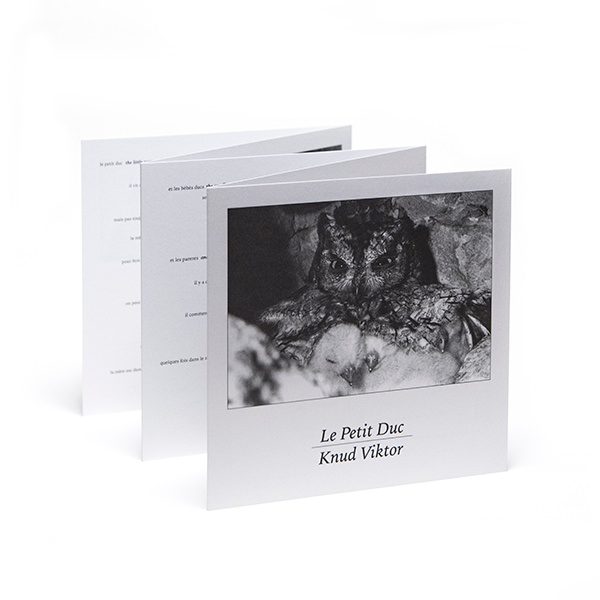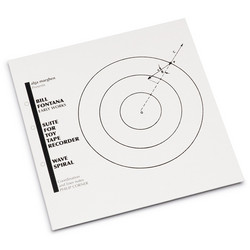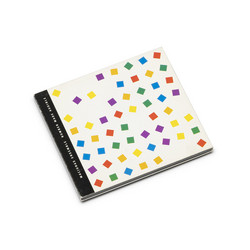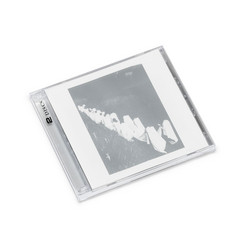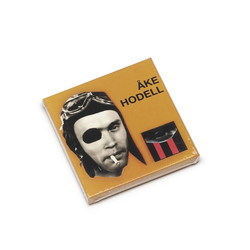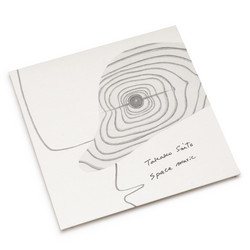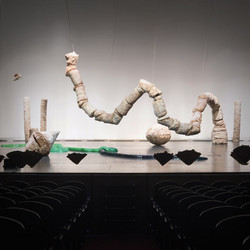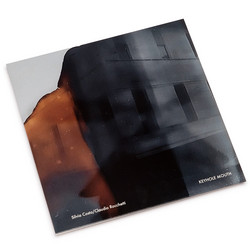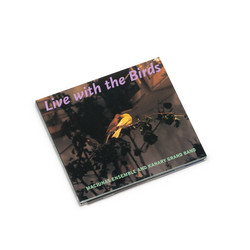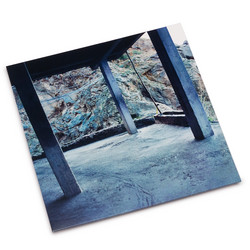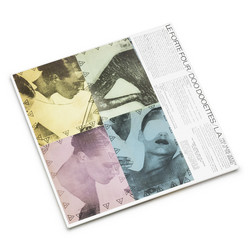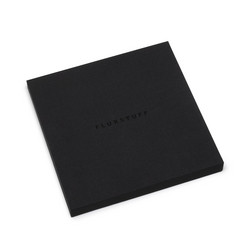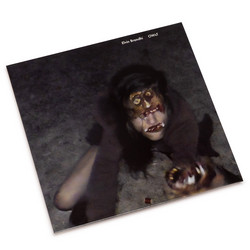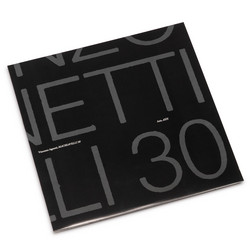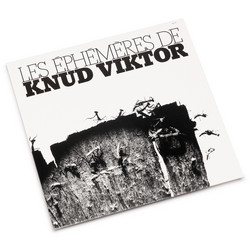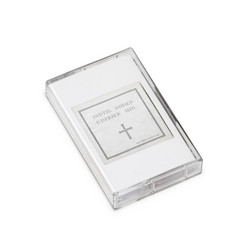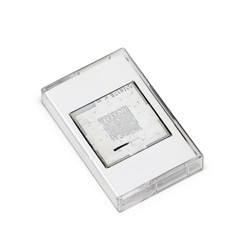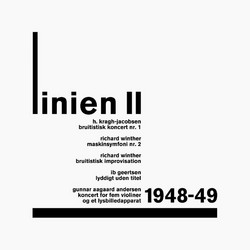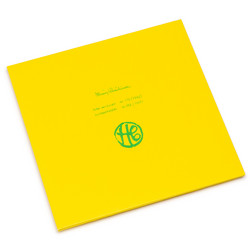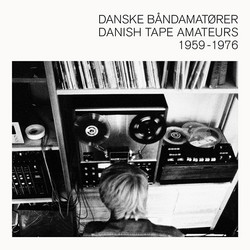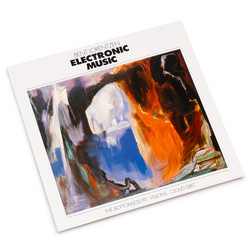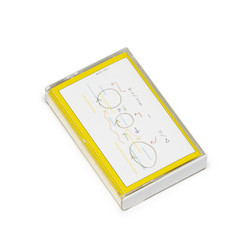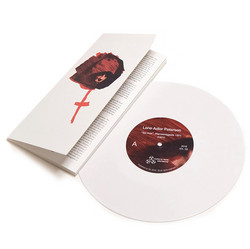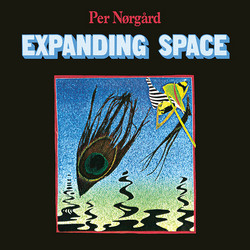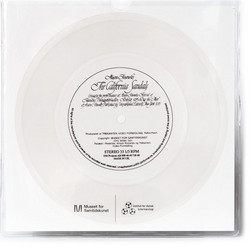Knud Viktor
Le Petit Duc (7" + Booklet)
Le Petit Duc [The Little Scops Owl] is a sound work by Danish artist Knud Viktor, made between 1978 and 1983. Viktor was classically trained as a painter at The Royal Danish Academy of Fine Arts in the 1950’s. Le Petit Duc is primarily composed of recordings Viktor made of an owls nest in the spring and summer of 1978. Narrated by Viktor himself and put together from recordings throughout a whole nesting season, Le Petit Duc tells the story of an owl family. The piece speaks to children and adults alike. Knud Viktor originally made the piece to fit on a 7” record, but it has not been released before. Viktor (1924-2013) called himself a sound painter and his works sound images. He recorded the sounds of animals and the landscape around him on the Luberon mountain in Southern France, where he lived. Instead of brushes and canvas, he used microphones and tape recorders as his tools.
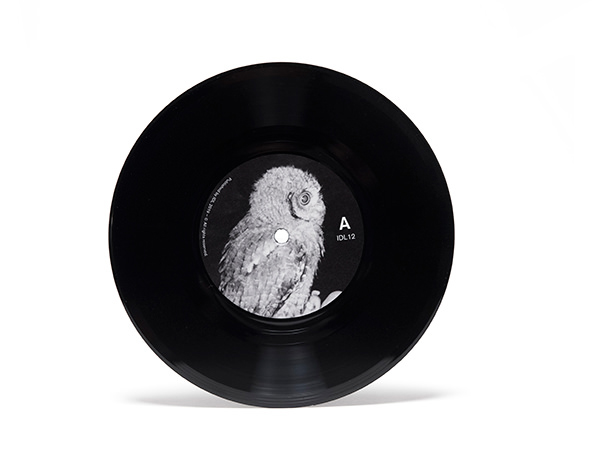
The sound of the small scops owl was particularly important to him. He called it “the metronome of the night” and regarded the sound of its call as one of the primary colors in his sound images. At one point Viktor discovered that the owls started to disappear from the area where he lived. Probably due to pesticides being used on the fields and orchards nearby causing the larger insects to disappear. Thus, he began to let the grass and plants grow wild around the olive trees in his olive grove. This made the insects come back, and as a result the owls returned as well. Viktor studied the owls immensely, and he got to know them very well. One spring – judging from his notes most likely that of 1978 – he placed microphones in the cavity of the rocks where he expected the owls would build their nest. And they did: right on top of the microphones. Throughout the nesting season Viktor could listen to and record what was happening in the nest, and from those recordings he created the work Le Petit Duc, which in his own words is not a scientific study, but “a psychological depiction” of an owl family. Viktor finished the piece sometime between 1978 and 1983, where he gave a cas- sette tape copy to some of his friends’ son for his eighth birthday. The work is composed to fit on a 7” vinyl record, but has not been released before.
The work speaks to both children and adults. Narrated by Viktor himself, as in an audiobook, we hear what goes on in the nest: how the eggs are cared for, how the chicks are fed, how they grow big- ger, fight and try their wings. Through the microphone, we get to imagine what it must be like to be a small owl chick in the nest and what it must feel like when the mother owl beats her wings over our heads, ruffling our feathers.
This release is made without cleaning up the tape noise inherent in the piece. Viktor worked with home-built recording equipment and used paper cones, pot covers and the headlight from a car as sound catchers. Recordings of variable quality are cut up and spliced to- gether to compose the final piece. These have all left traces in the sound and speaks to the way Knud Viktor created his works.
In 1961 he moved to France to live and work, but was overwhelmed by the sounds of the wildlife in Provence, and instead of painting began listening to and recording his surroundings. With these recordings, he composed what he called sound images – images sonores – and throughout the rest of his career, sound was his main medium.
